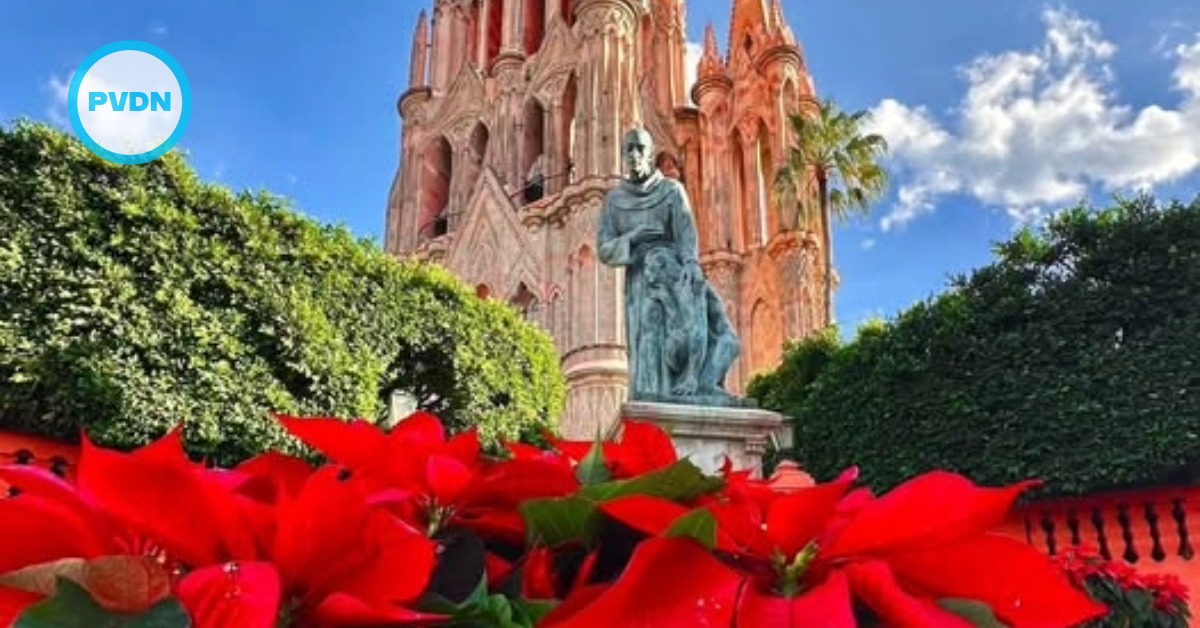Unearthed in the southeast of the Mexican state of Campeche, the cities were barely accessible to the research team. But the challenging journey reaped great rewards, with the discovery of the ruins of a pyramid, palace, altars and a huge doorway, Discovery News reported.
The cities of Lagunita and Tamchen had been first been discovered by archaeologist Eric Von Euw in the 1970s, however he didn’t specify their location and they remained quite the mystery.
Now, for the first time, they are out in the light and could provide crucial information in understanding the Mayan civilization.
Ivan Sprajc, of . . .





